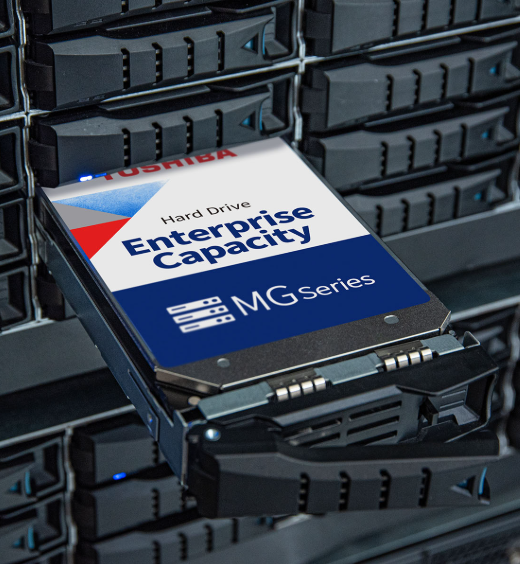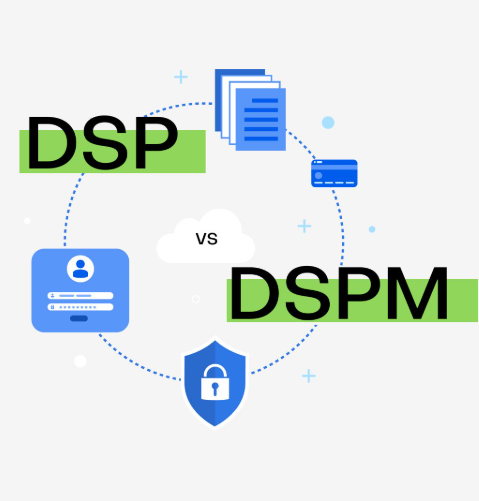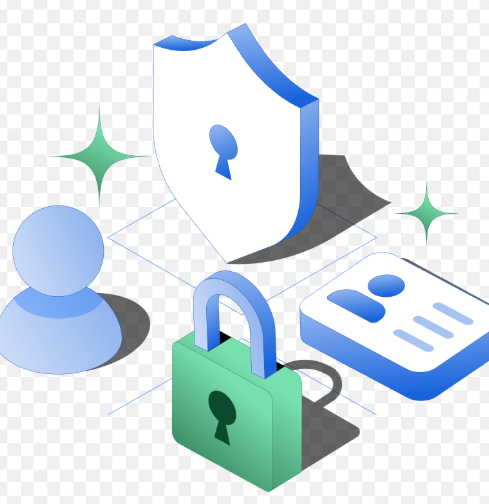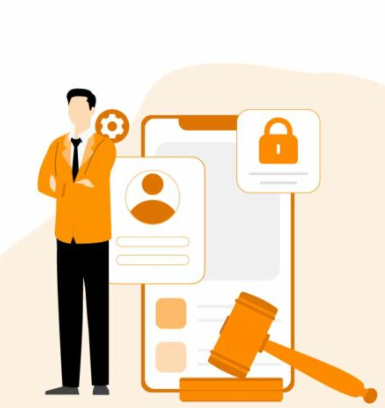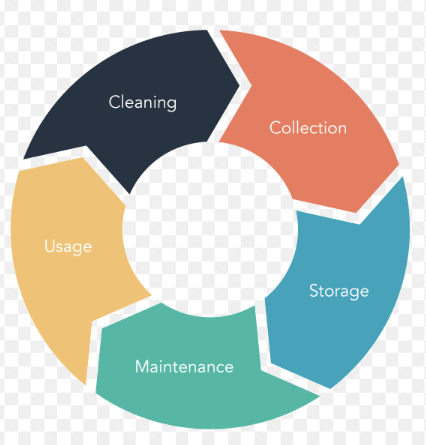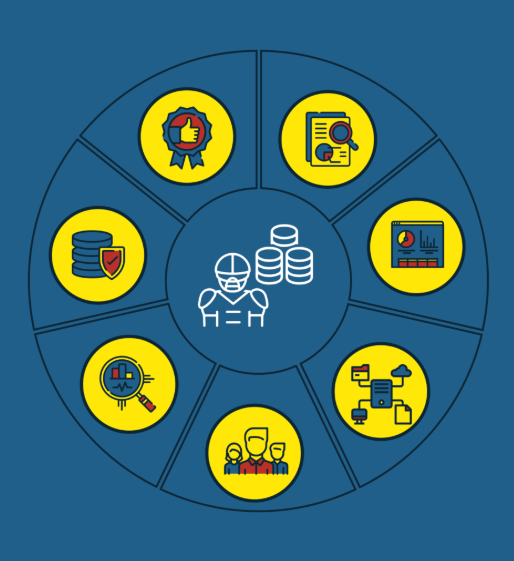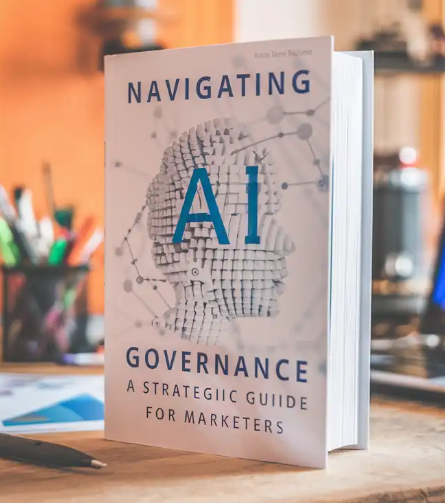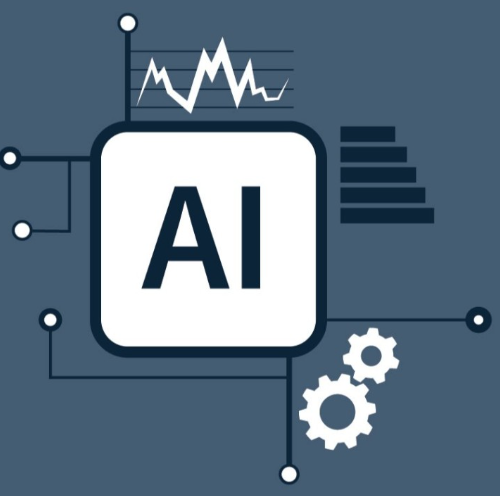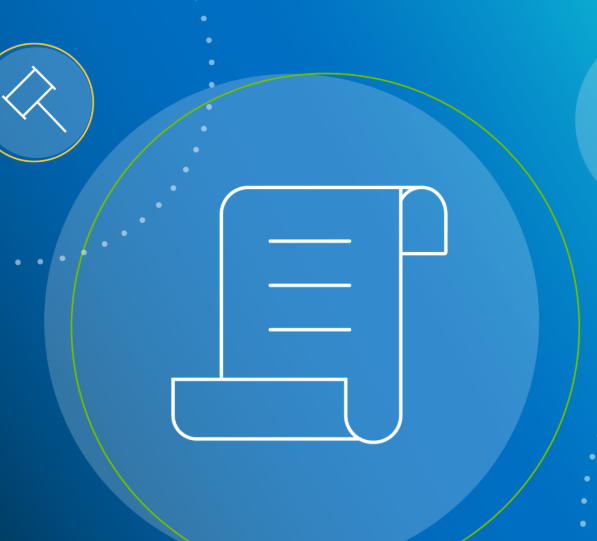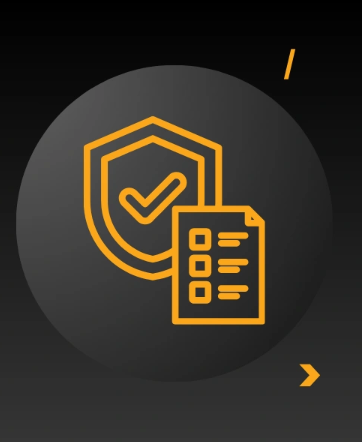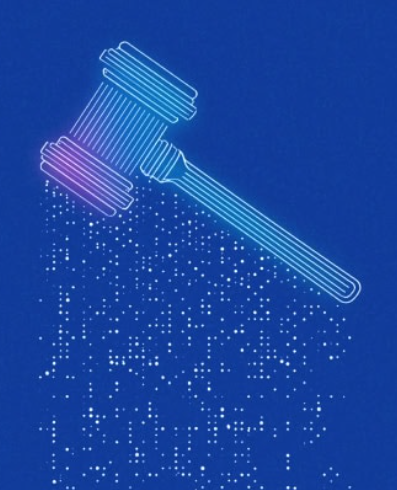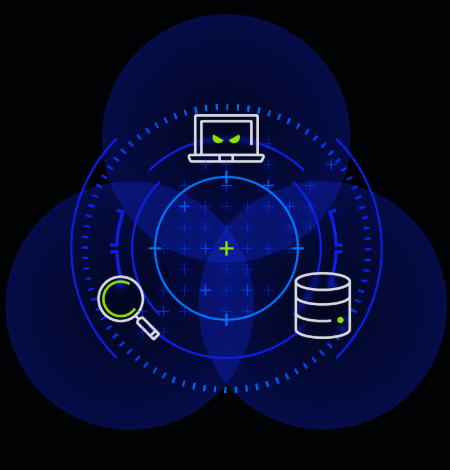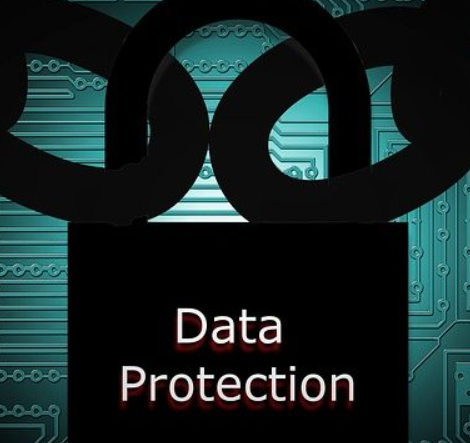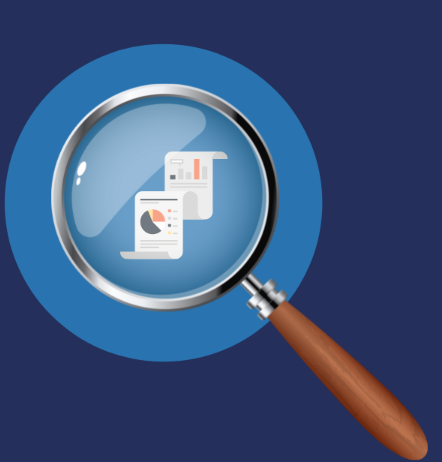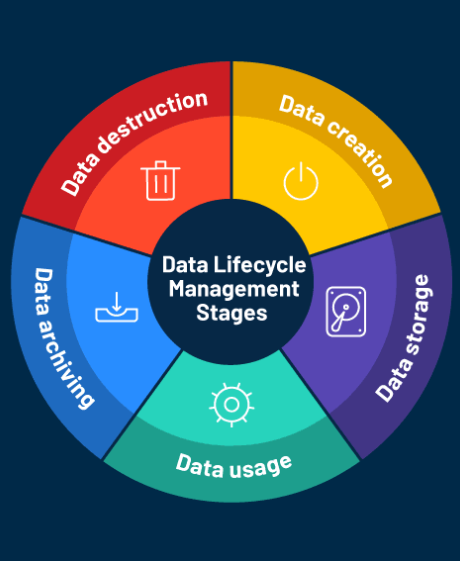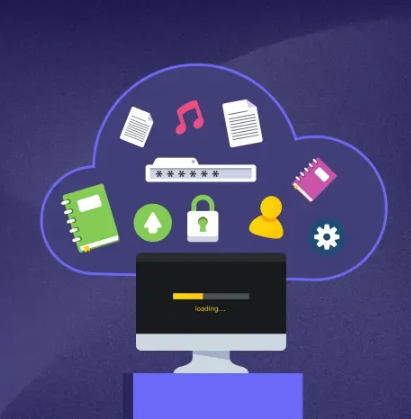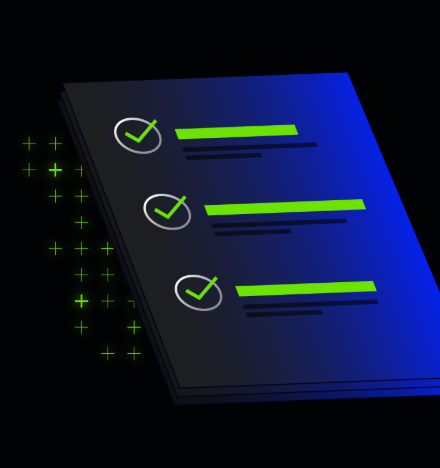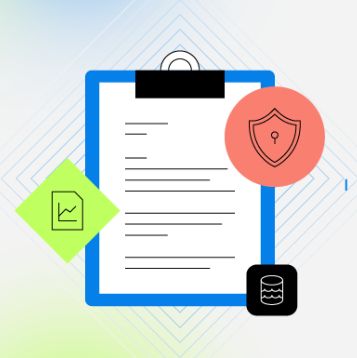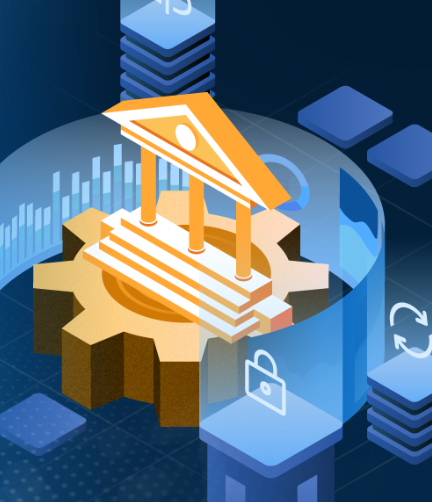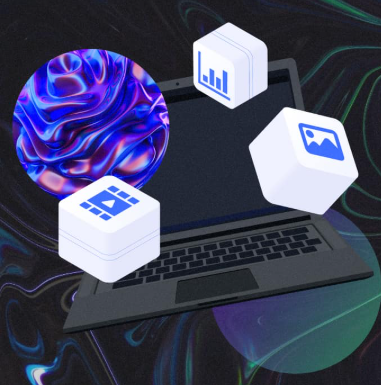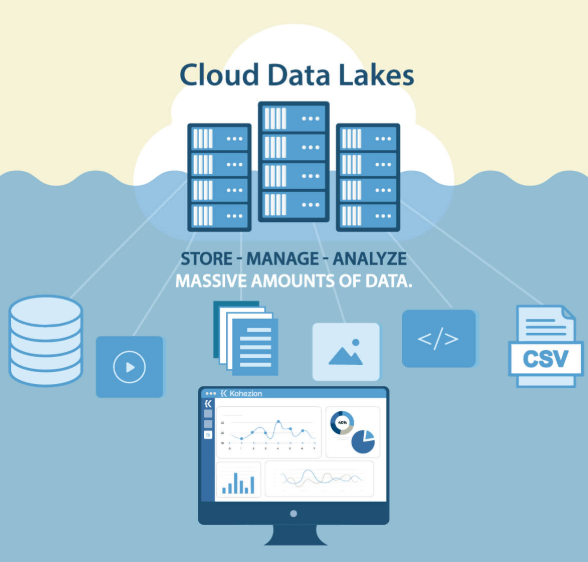
In today’s complex digital landscape, enterprises face significant challenges with fragmented data ecosystems. With hybrid IT environments—spanning both on-premise and cloud systems—data often ends up siloed, redundant, and difficult to manage. These issues result in inefficiency, security vulnerabilities, and missed opportunities for valuable insights. As a result, CIOs, CDOs, Compliance Officers, and IT leaders must prioritize the centralization of data management and classification. This practice is essential not only for operational efficiency but also for ensuring compliance, improving governance, and mitigating security risks.
This post outlines the strategic importance of centralizing data, provides a step-by-step implementation guide, identifies common obstacles, and offers actionable insights to help you transform your organization’s data management approach.
The Importance of Centralized Data Management
The Risks of Data Silos
When data is spread across different systems and departments, it becomes difficult to access, classify, and manage effectively. This lack of visibility opens the door to several risks:
- Compliance Issues: Mismanaged data can complicate audits and expose your organization to fines and penalties.
- High Storage Costs: Storing redundant or outdated data wastes valuable resources and increases IT expenditures.
- Security Risks: Dispersed data makes it harder to identify vulnerabilities and protect sensitive information.
Benefits of Centralization
Centralizing data management can significantly improve both operational and strategic capabilities:
- Simplified Management: By consolidating data, your organization can reduce complexity and improve decision-making.
- Enhanced Insights: Centralized data offers clearer visibility, enabling more informed, data-driven decisions.
- Streamlined Compliance: With centralized data, regulatory documentation becomes easier to retrieve, reducing the time spent responding to audits and legal inquiries.
A Step-by-Step Guide to Centralizing Data Management and Classification
Here’s how to move from disjointed data systems to a unified, efficient platform.
1. Conduct a Data Audit
Begin by gaining a clear understanding of your organization’s data landscape. Map out both structured data (like database entries) and unstructured data (such as emails and media files). Use tools like Classify360 to automate the discovery and mapping of data across your systems.
2. Develop a Classification Framework
Establish a consistent approach for tagging and classifying data. Key components include:
- Metadata Standards: Define categories, sensitivity levels, and retention schedules.
- Compliance Alignment: Tailor classification criteria to meet specific regulatory standards, such as GDPR or HIPAA.
Aligning your classification logic with business and regulatory needs sets the foundation for effective governance.
3. Implement Automation
Automation is crucial for ensuring uniformity and accelerating classification across large datasets. Platforms like Classify360 help automate metadata tagging, categorization, and policy enforcement. Key areas for automation include:
- Identifying sensitive files, such as Personally Identifiable Information (PII).
- Applying classification workflows to both new and legacy data.
By automating these tasks, you can reduce manual errors and boost operational efficiency.
4. Enforce Unified Governance Policies
A centralized data governance model ensures that your organization stays compliant and secure. Implement organization-wide policies, such as:
- Data Retention: Set clear rules for data lifespan and deletion.
- Access Controls: Use identity and access management (IAM) tools to restrict access to sensitive data.
These policies prevent the growth of stale or redundant data and ensure that sensitive information is protected.
5. Integrate with Existing IT Infrastructure
Make sure that your centralized platform can seamlessly integrate with existing systems, whether they are on-premise, cloud-based, or hybrid. Tools like Classify360 offer scalability and integration with legacy databases, cloud services, and security systems.
Overcoming Common Challenges
Resistance to Change
Organizations may encounter resistance when introducing new technologies.
Solution: Secure executive buy-in by clearly demonstrating the ROI of centralization, focusing on cost savings, improved security, and better compliance outcomes.
Lack of Visibility
Without a comprehensive view of your data, it’s difficult to manage it effectively.
Solution: Conduct thorough discovery exercises using tools like Classify360 to identify duplicate, outdated, or sensitive data.
Poor Collaboration Between Teams
Data management efforts can be hindered by poor communication between IT, compliance, and legal teams.
Solution: Establish cross-functional committees to oversee policy development and execution. Regular communication and shared goals will ensure alignment.
Real-World Example: The Impact of Centralization
A global financial institution faced issues with fragmented data systems, which increased legal risks and storage costs, while complicating compliance audits. By implementing Classify360, the institution was able to centralize its data classification and governance efforts.
Results:
- A 50% reduction in redundant storage costs.
- Streamlined audit preparation through automated tagging and consistent policy enforcement.
- Improved compliance posture and a more secure data environment.
Conclusion
Centralizing data management is more than just a technical upgrade—it’s a strategic necessity. It helps businesses reduce costs, minimize risks, and unlock the full potential of their data. By following the steps outlined above—starting with a comprehensive data audit, developing classification frameworks, automating processes, and enforcing unified governance policies—you can create a more efficient and secure data management system for your organization. If you’re ready to operationalize robust data governance, start your transformation journey today.









